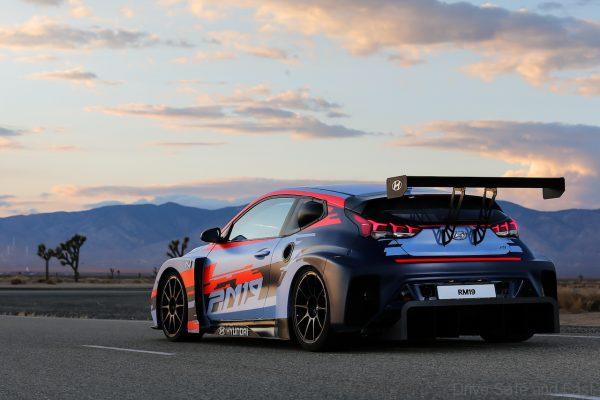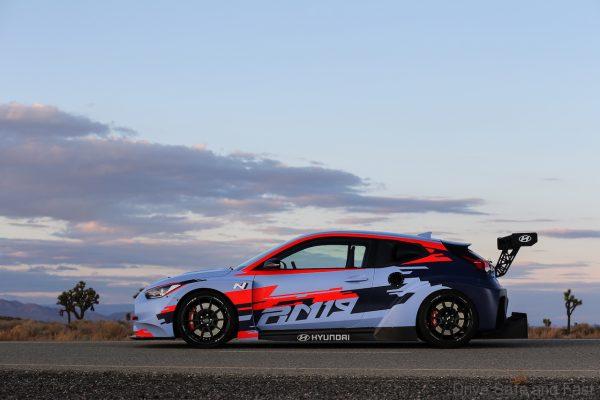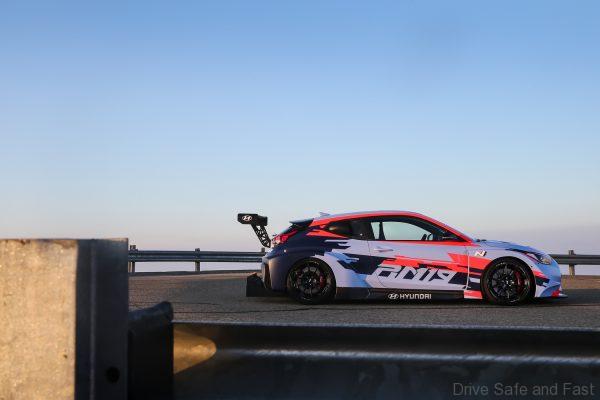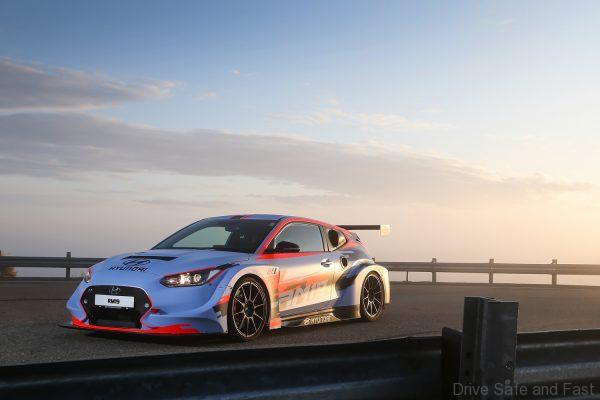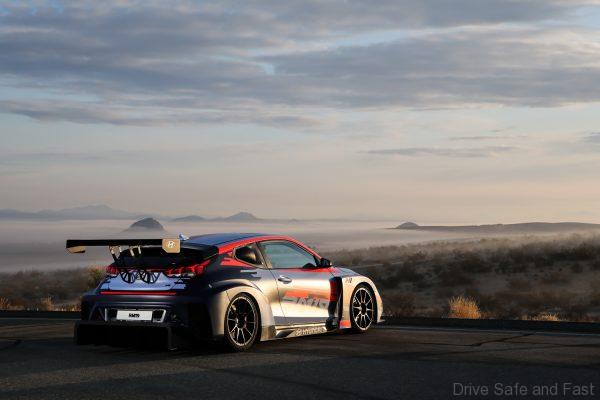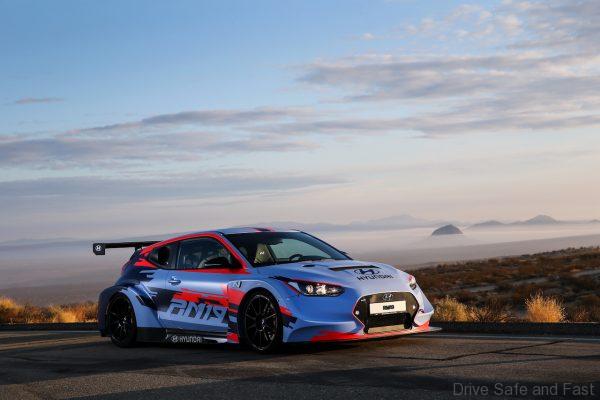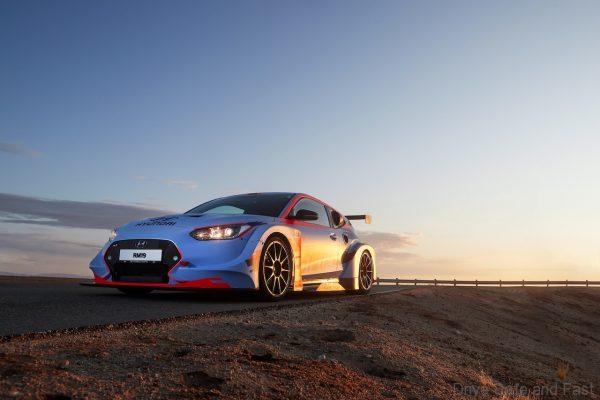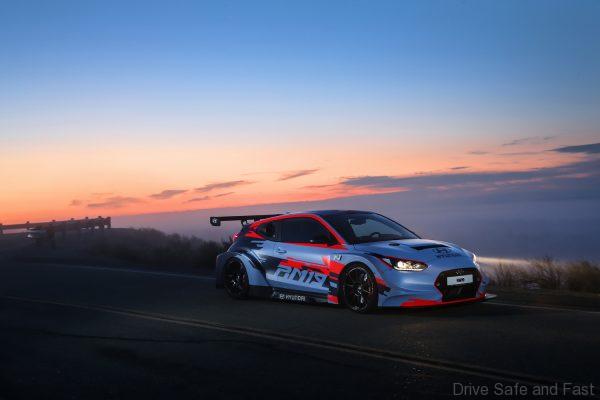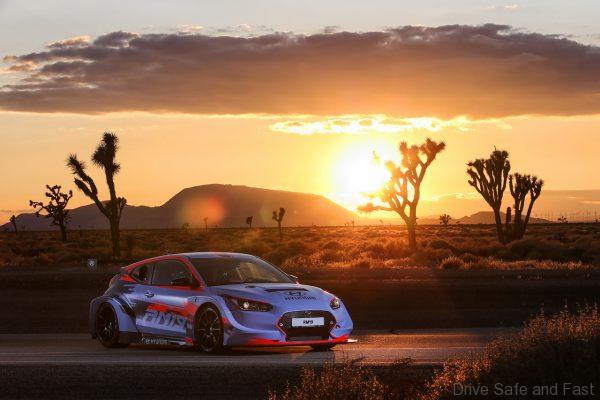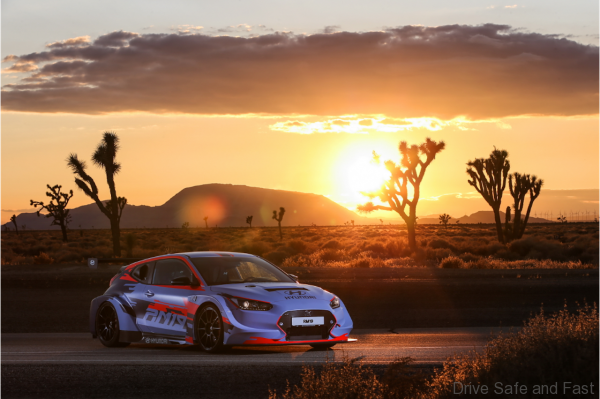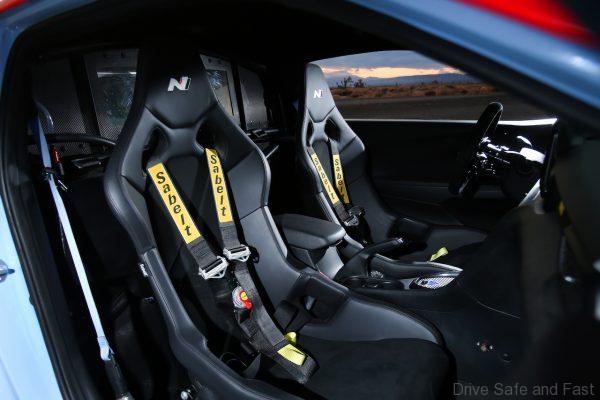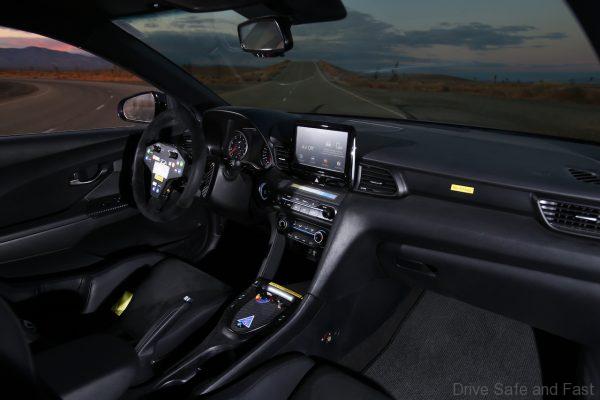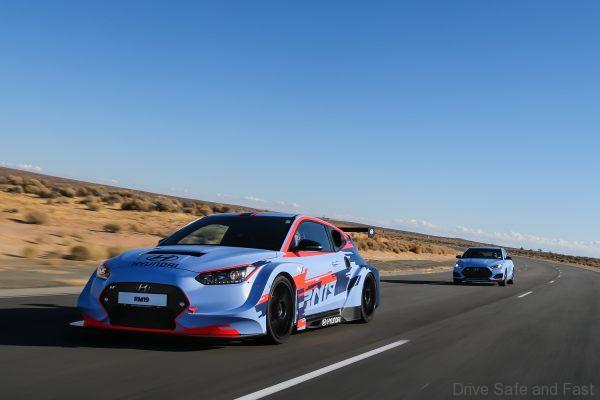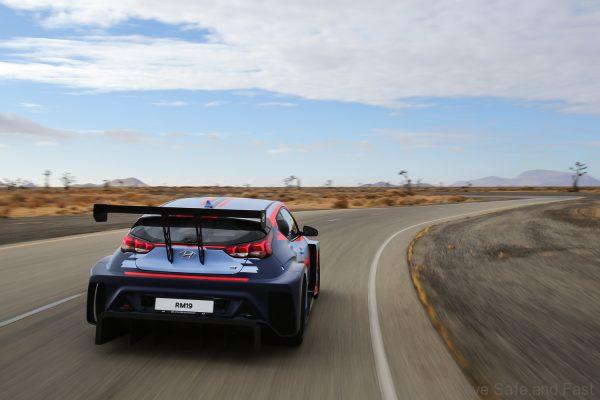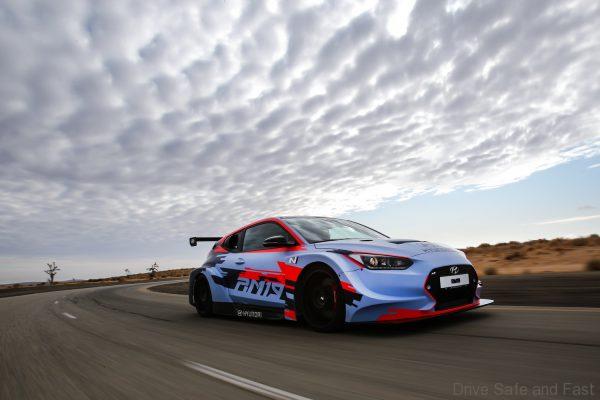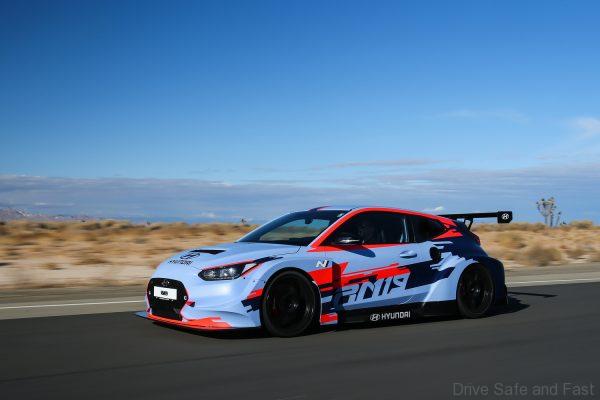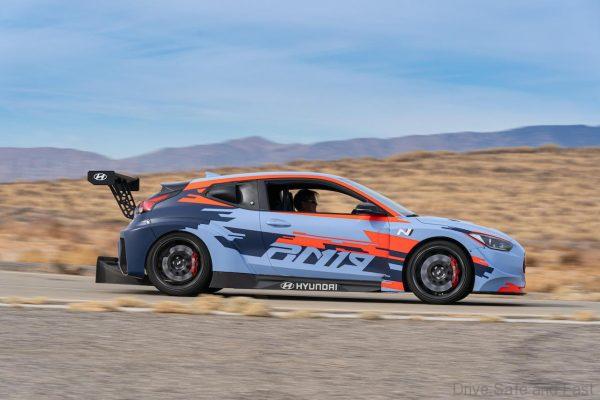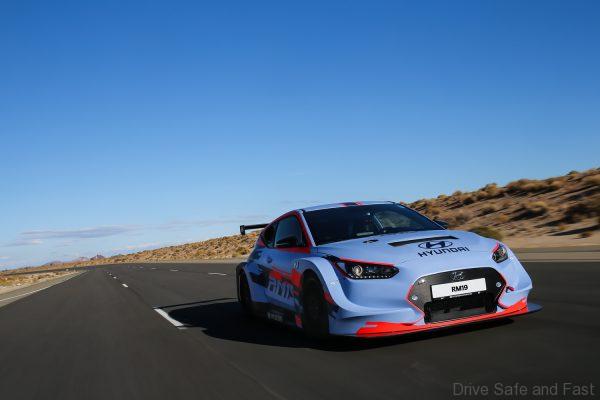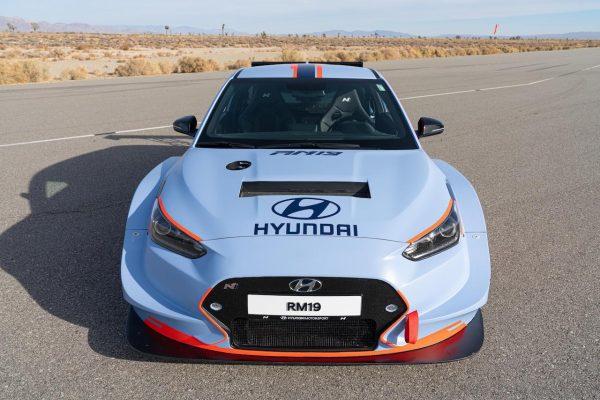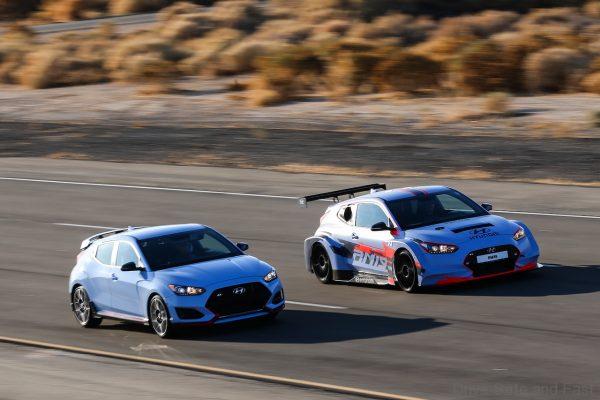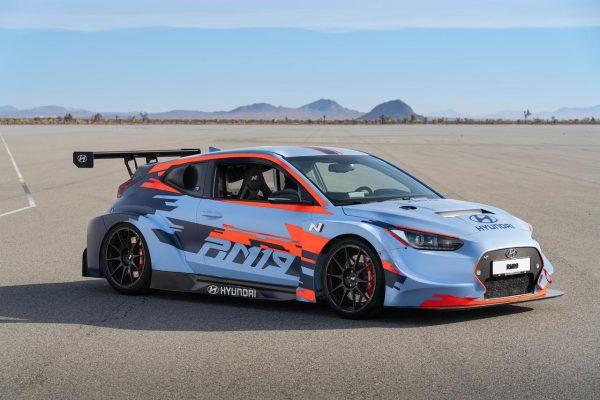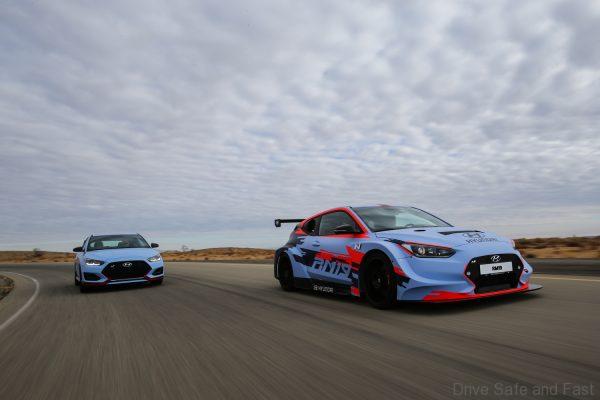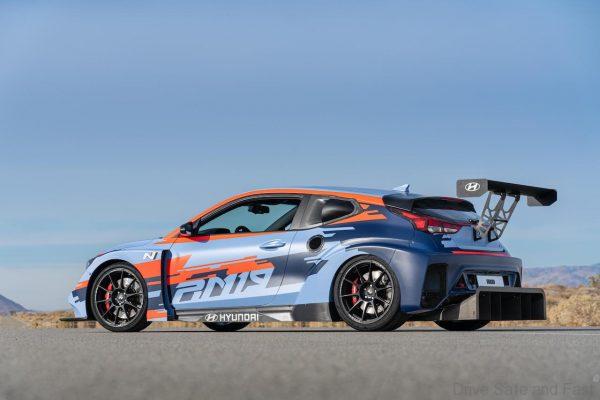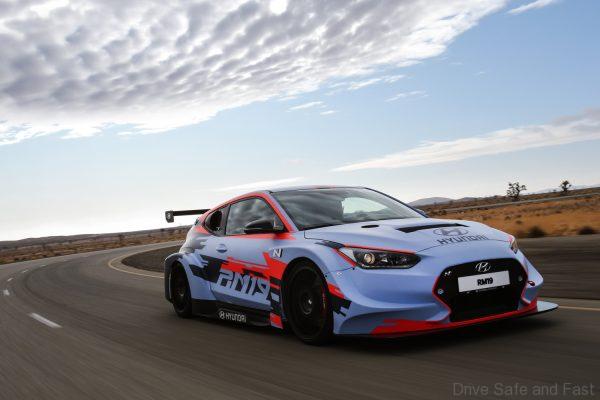Hyundai has been working on a Racing Midship (RM) project for 7 years now and we’ve seen them reveal revisions of the prototype from as far back as 2015. At the 2019 L.A. Auto show, the company revealed the ‘RM19’, their latest version of this ongoing project.
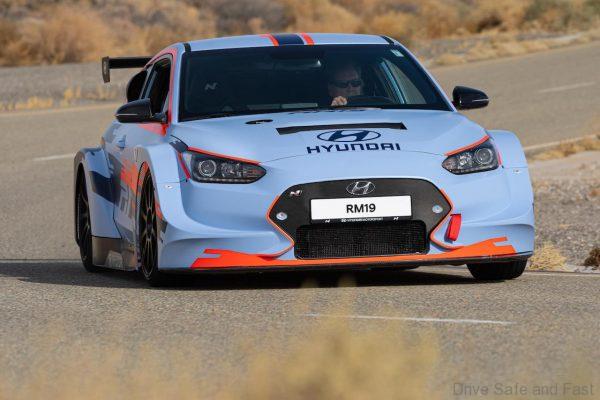
It features a 2-litre turbocharged petrol engine capable of 390 horsepower that’ll get you from 0-100km/h in about 4 seconds. This is the same engine that’s found on Hyundai N’s TCR cars but it has been tuned for higher output.

The company is also developing hybrid, plug-in hybrid, battery electric and fuel cell electric versions of the RM19.
It seems like there aren’t any plans to release the car for public consumption. Instead it’ll be a test bed for new powertrain technologies, motorsport development and branding efforts as well.
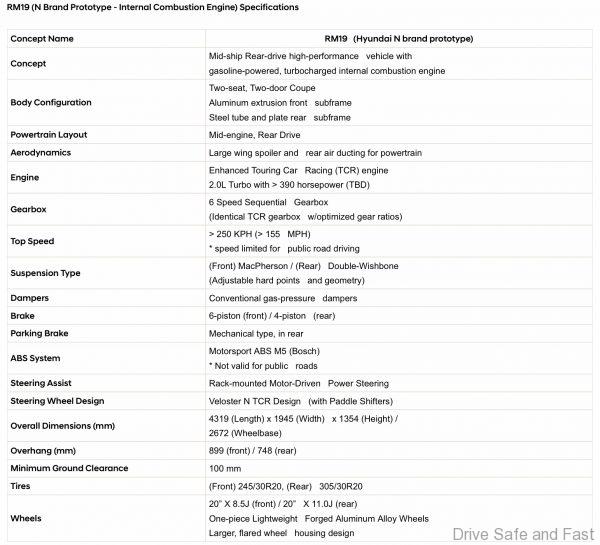
Press Release
Hyundai Motor Company today introduced the RM19 Racing Midship Sports Car to global media at 2019 AutoMobility LA. RM refers to the N prototype model’s “Racing Midship” body configuration, a key differentiator providing supercar-level handling balance and low-polar-moment-of-inertia agility for outstanding connection to the tarmac at all speeds and driving conditions.
In 2012, Hyundai embarked on a project called RM (Racing Midship) to develop and connect new high-performance motorsports technologies with future N models. Since the initiation of project RM and via evolution of the RM series (RM14, RM15 and RM16), RM models underwent extensive road testing to validate newly-developed technologies, observe their effects on performance, and improve them for subsequent application on future N models.
Featuring a powerful 2.0-liter turbocharged, direct-injected engine with an output of approximately 390 horsepower, RM19 is expected to yield impressive zero-60 mph performance under four seconds. RM19 shares the 2.0-liter turbo engine with TCR racecars from Hyundai N development. However, unlike TCR racecars which are affected by BOP (Balance of Performance) adjustments, RM19 offers extra boost of its output without these BOP restrictions. RM19 offers racecar-like levels of performance, balance, braking and grip while retaining daily road-going capability.
In addition to the gasoline version, state-of-the-art electrified powertrains could provide clean, yet thrilling propulsion for the RM19. As Hyundai boasts an industry-leading variety of electrified propulsion, including production HEV, PHEV, BEV and FCEV powertrains, various types of electrified powertrains are available for testing a high-performance electric sports car. With the recent investment and strategic partnership with Rimac Automobili, Hyundai works closely together with Rimac to develop high-performance Electric and FCEV prototypes. Hyundai Motor Group has a strategic plan to deploy 44 eco-friendly models by 2025, taking the Hyundai N brand well into the environmentally-focused third decade of the twenty-first century.
The ‘N’ of Hyundai N stands for Namyang, home to Hyundai Motor’s global R&D Center in Korea since 1995, where the N concept was born, and for the Nürburgring, home to Hyundai Motor’s European Test Center. The close connection between Namyang and the Nürburgring created the foundation for N, building upon the company’s motorsport experience to bring thrilling road dynamics for those customers who truly love driving. The ‘N’ logo itself embodies this idea, as it symbolizes a classic road course chicane.
Hyundai N’s high-performance technologies are honed at the iconic Nürburgring Nordschleife. Each car taking part in Hyundai Motor’s accelerated durability tests will lap the track 420 to 480 times in both wet and dry conditions, simulating over 100,000 miles of severe driving in just four short weeks. The Nürburgring, with 73 corners and 13 miles of tarmac, is widely considered to be one of the most challenging tracks in the world, with a heritage that is second to none. It is also a motorsports complex and home to Hyundai Motor’s own 3,600 square meter testing center, which is operated by the Hyundai Motor Europe Technical Center.



